Politics
Nepal lifts social media ban after protests leave 19 dead, minister says
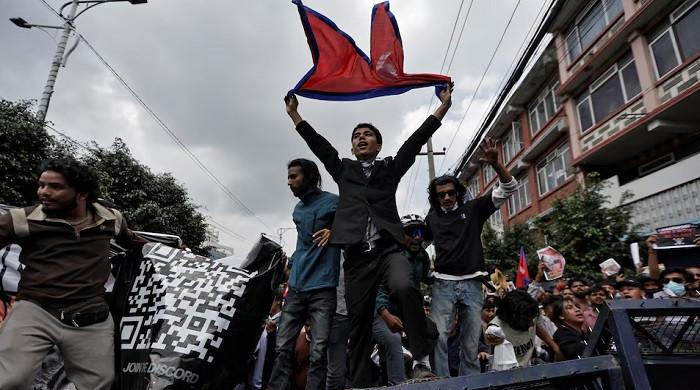
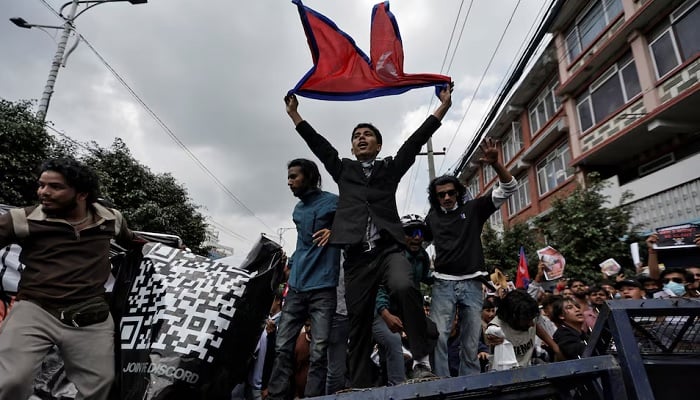
- PM pins unrest on “selfish centres,” vows relief for victims’ families.
- Free treatment to be given to the injured, Nepalese officials confirm.
- Inquiry panel to report within 15 days on causes, future safeguards.
Nepal has lifted a social media ban following protests that resulted in the deaths of 19 people, a government minister said on Tuesday.
The government had rolled back the social media ban imposed last week, Cabinet spokesperson and Communications and Information Technology Minister Prithvi Subba Gurung said.
The decision came after 19 people were killed and more than 100 were injured in the “Gen Z” protests on Monday against widespread corruption. The protests were triggered by the ban.
“We have withdrawn the shutdown of social media. They are working now,” Gurung told Reuters.
Prime Minister KP Sharma Oli said he was saddened by the incidents of violence due to the “infiltration from different selfish centres”.
The government would pay relief for the families of the dead and provide free treatment for the injured persons, he added.
“An investigation panel will be set up to find out the causes, assess losses and suggest measures within 15 days to ensure that such incidents are not repeated in future,” Oli said in a late-night statement on Monday.
Organisers of the protests, which spread to other cities in the Himalayan country, have called them “demonstrations by Gen Z.” They say the protests reflect young people’s widespread frustration with the government’s perceived lack of action to tackle corruption and boost economic opportunities.
The government last week decided to block access to several social media platforms, including Facebook, a decision that fuelled anger among the young.
Officials say the shutdown was for those social media platforms which had failed to register with the government, amid a crackdown on fake IDs, misinformation and hate speech.
Politics
Two held in Sharjah for stealing Dh195,000 with ‘faulty tyre’ trick


Two men who allegedly stole Dh195,000 from a woman after distracting her with a “faulty tyre” trick were arrested within three hours, police said on Tuesday.
The woman had withdrawn the cash from a bank in Fujairah, an emirate on the UAE’s eastern coast along the Gulf of Oman, and placed it inside her car.
The suspects followed her, and as she stopped, one man approached claiming that one of her tyres was damaged.
When she got out to check, the second suspect opened the car door, grabbed the cash, and both men fled.
Police said the complaint was received at 10:50am, and after quick coordination with Sharjah Police, the suspects were traced and arrested in Sharjah, an emirate about 100 kilometres west of Fujairah.
Officials said the pair were also wanted for similar thefts in other emirates.
Authorities have urged residents to remain vigilant after withdrawing cash and to avoid engaging with strangers outside banks.
Politics
Hurricane Melissa makes landfall in Jamaica
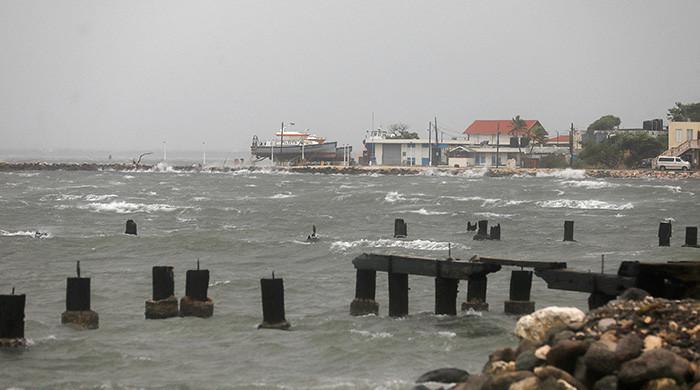
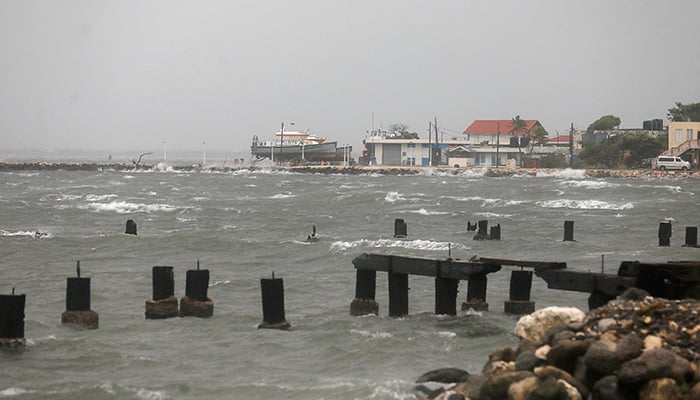
Hurricane Melissa made landfall in Jamaica on Tuesday as a category five hurricane, the US National Hurricane Center (NHC) said in its latest advisory.
It was one of the most powerful hurricane landfalls on record in the Atlantic basin, the NHC added.
Jamaica’s ‘storm of the century’
Earlier, the US National Hurricane Center said that the Category 5 storm, the strongest possible on the Saffir-Simpson scale, was about 55 km (34 miles) southeast of the Jamaican resort town of Negril as of 1600 GMT and packing maximum sustained winds of 295 km per hour (183 miles per hour), with even higher gusts.
The Miami-based hurricane centre warned that “total structural failure” was likely in Melissa’s path.
“It’s a catastrophic situation,” the World Meteorological Organisation’s tropical cyclone specialist Anne-Claire Fontan told a press briefing. “For Jamaica, it will be the storm of the century for sure.”
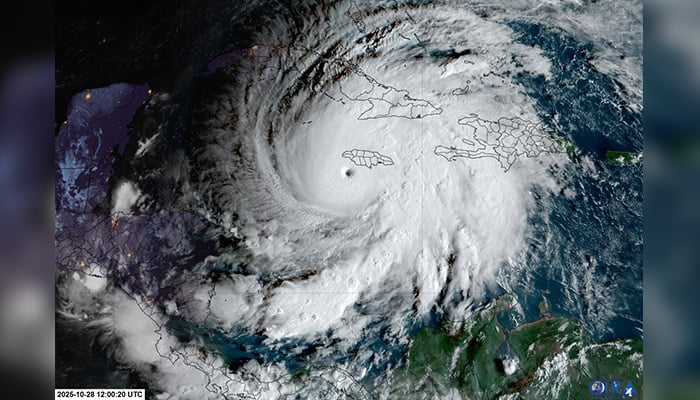
Storm surges of up to four meters were expected, she said, with rainfall set to exceed 70 cm (2.3 feet), causing “catastrophic flash flooding and landslides,” she said.
Nearby Haiti and the Dominican Republic have faced days of torrential downpours leading to at least four deaths, authorities said. At least three people died during storm preparations in Jamaica, local media reported.
The NHC expects the storm to hit Jamaica on Tuesday and remain as a strong hurricane when it crosses eastern Cuba to move over the Bahamas and Turks and Caicos by Wednesday.
Bahamian Prime Minister Philip Davis has ordered evacuations for people in southern and eastern parts of the archipelago.
In Cuba, authorities said they had evacuated upwards of 500,000 people from areas vulnerable to winds and flooding.
Storm intensified on approach
Melissa’s slow movement over unusually tepid Caribbean water had contributed to its ballooning size and strength, NHC forecasters said, threatening Jamaica with days of never-before-seen catastrophic winds and rain.
Melissa could bring up to 30 inches (762 mm) of rain to parts of Jamaica, and up to 12 inches to parts of the island of Hispaniola, the NHC said.
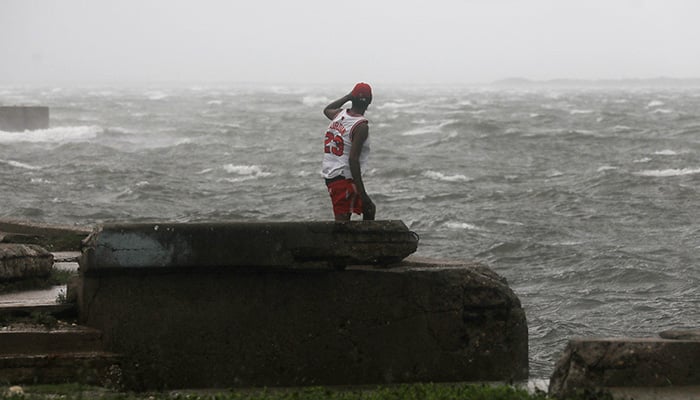
The International Federation of the Red Cross said up to 1.5 million people in Jamaica were expected to be directly affected by the storm.
“Today will be very difficult for tens of thousands, if not millions of people in Jamaica,” IFRC official Necephor Mghendi said via video link from Port of Spain in Trinidad and Tobago.
“Roofs will be tested, flood waters will rise, isolation will become a harsh reality for many.”
To enable swift relief distribution, essential items — tarpaulins, hygiene kits, blankets, and safe drinking water — had been pre-positioned in Red Cross branches on the island, he said, with over 800 shelters set up for evacuees.
On Monday, Prime Minister Andrew Holness ordered mandatory evacuations for parts of southern Jamaica, including the historic town of Port Royal.
He warned of damage to farmlands, homes, and infrastructure on the island, which is roughly the size of Connecticut and whose main airports sit close to sea level.
“There is no infrastructure in the region that can withstand a Category 5,” he said.
Holness said his government was as prepared as possible, with an emergency response budget of $33 million and insurance and credit provisions for damage a little larger than that sustained from Beryl.
Beryl was the earliest and fastest Atlantic hurricane on record to reach Category 5, but scientists warn that storms are becoming stronger and faster as a result of climate change warming ocean waters.
“Slow-moving major hurricanes often go down in history as some of the deadliest and most destructive storms on record,” said AccuWeather Chief Meteorologist Jonathan Porter. “This is a dire situation unfolding in slow motion.”
Politics
Indian refiners pause new Russian oil orders, await clarity, say sources
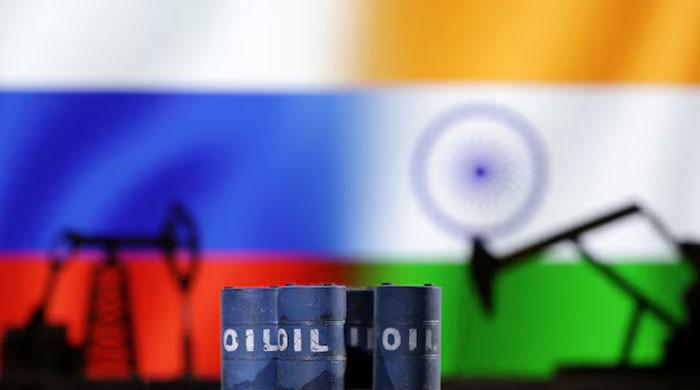

- Indian refiners to curtail imports of Russian after US sanctions.
- Top Indian buyer of Russian oil says it will abide by sanctions.
- India’s Russian oil imports fell by 8.4% from April to September.
HYDERABAD: Indian refiners have not placed new orders for Russian oil purchases since sanctions were imposed, as they await clarity from the government and suppliers, sources told Reuters on Tuesday.
Some refiners are tapping the spot markets to meet their crude oil needs, said the sources, who did not want to be named as they are not authorised to speak to the media.
State-run Indian Oil has issued a tender for the purchase of oil, while conglomerate Reliance Industries has boosted purchases from spot markets, according to sources.
The European Union, the UK, and the US have imposed a raft of sanctions against Russia over its war in Ukraine, including fresh US sanctions on Thursday that target Russia’s two top oil producers, Lukoil and Rosneft.
Indian refiners are poised to sharply curtail imports of Russian oil to comply with the new US sanctions, Reuters reported on Thursday, potentially removing a major hurdle to a trade deal with the US.
Last week, Reliance, the top Indian buyer of Russian oil, said it will abide by the sanctions while maintaining its relationship with current oil suppliers. Reuters also reported that the firm plans to stop importing oil from Rosneft.
“We have not placed orders yet for fresh cargoes and have cancelled some that were booked from traders with links to the sanctioned entities,” said one of the sources.
“We need to ensure that our purchases are not linked to sanctioned entities as banks will not facilitate payments,” a third source said.
A separate source said his firm is waiting to see if it can get cargoes from non-sanctioned traders or entities.
India bought 1.9 million barrels per day in the first nine months of 2025, or 40% of Russia’s total exports, according to the International Energy Agency.
India’s Russian oil imports between April and September fell 8.4% on year due to narrower discounts and tighter supplies, with refiners seeking more oil from the Middle East and the US, according to trade sources and shipping data.
-

 Fashion1 week ago
Fashion1 week agoChinese woman charged over gold theft at Paris Natural History Museum
-

 Entertainment1 week ago
Entertainment1 week agoJohn Grisham unveils his first-ever mystery, “The Widow”
-

 Tech1 week ago
Tech1 week agoThis Smart Warming Mug Is Marked Down by $60
-

 Fashion1 week ago
Fashion1 week agoeBay UK seller fee removal sends revenue down but profits rise
-

 Tech1 week ago
Tech1 week agoEaster Island’s Moai Statues May Have Walked to Where They Now Stand
-

 Tech1 week ago
Tech1 week agoOpenAI has slipped shopping into ChatGPT users’ chats—here’s why that matters
-

 Fashion1 week ago
Fashion1 week agoThe North Face and Cecilie Bahnsen launch second collaboration
-

 Tech1 week ago
Tech1 week agoAI model could boost robot intelligence via object recognition






